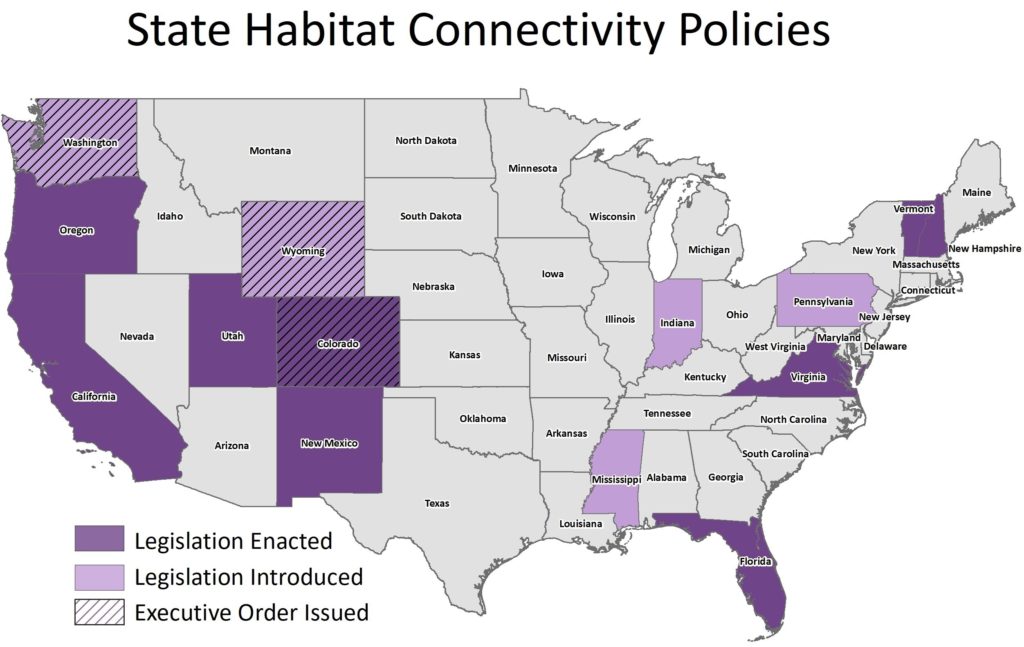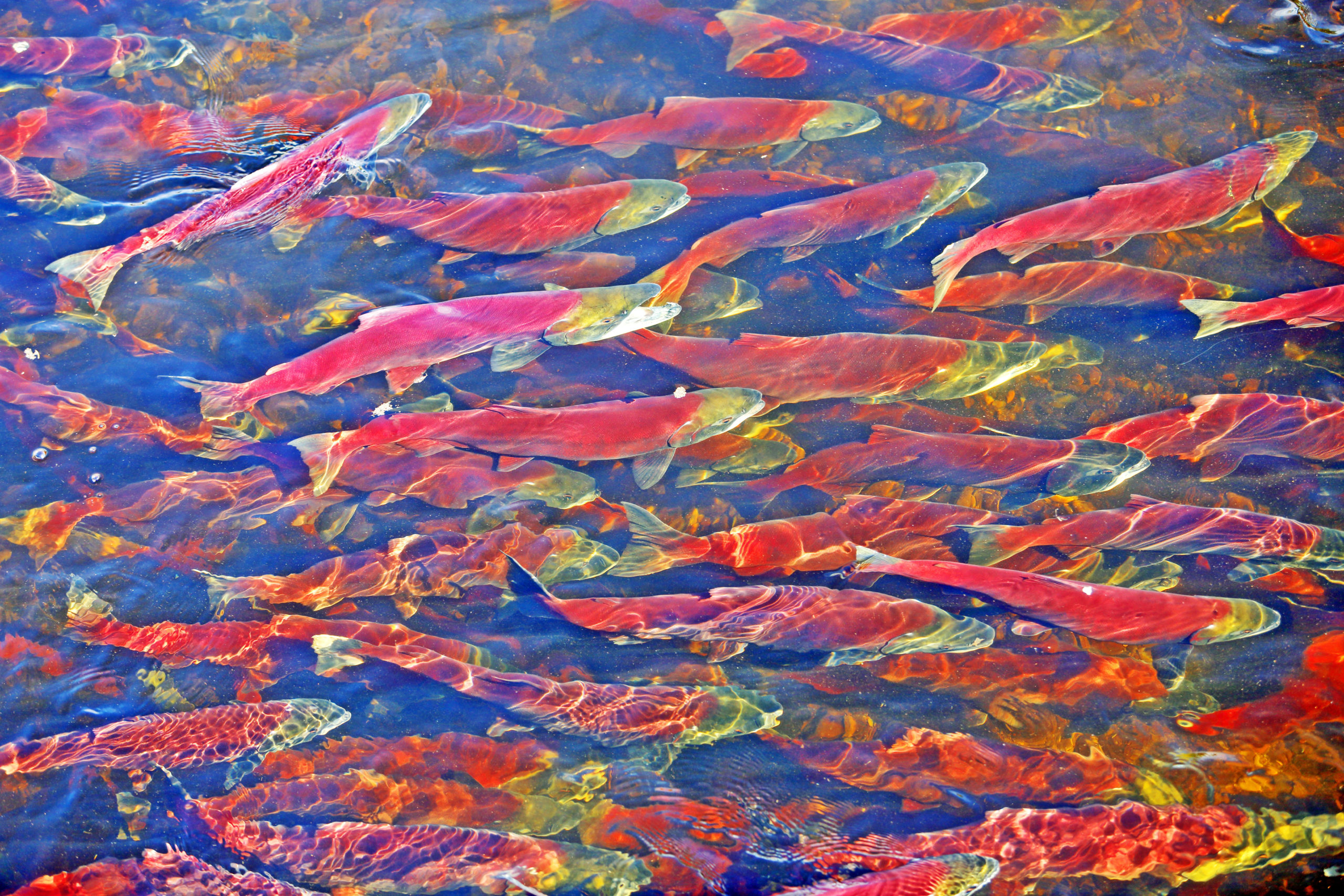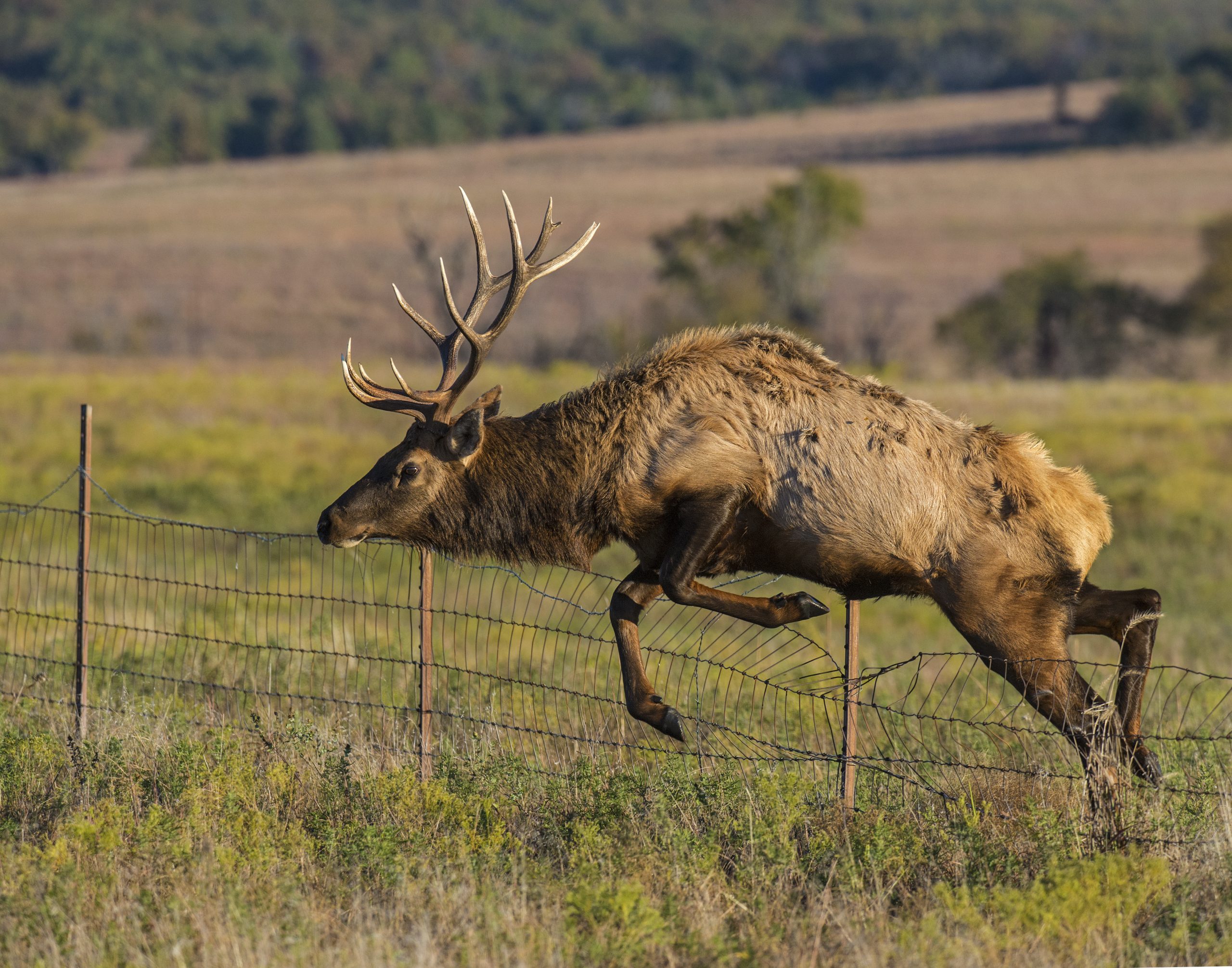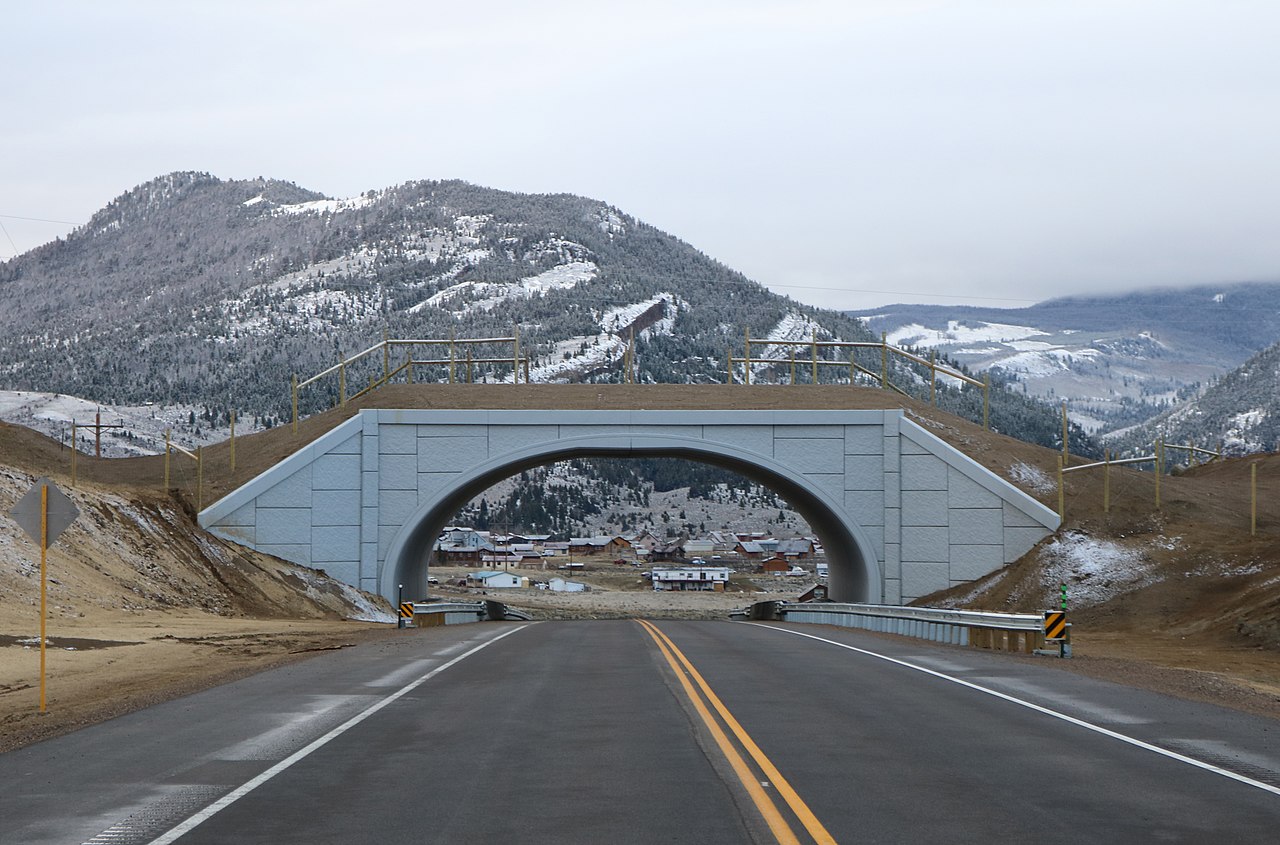Colorado residents and millions of annual visitors alike enjoy the state’s dramatic landscapes, abundant recreation opportunities, and iconic wildlife. So it’s not surprising that Colorado recently became the latest state to pass legislation to safeguard habitat connectivity and wildlife corridors, which are essential for healthy ecosystems. Protecting the ability of wildlife to move freely across the landscape is a win-win-win: it allows animals to meet their needs, enhances driver safety, and supports recreation opportunities for hunters, anglers, and wildlife viewers.
This month, the Colorado state legislature unanimously passed a joint, bipartisan resolution to protect and enhance habitat connectivity. The legislation calls for greater collection of wildlife movement data, a plan for improving habitat connectivity for native species, a report identifying benefits of corridors, and establishment of a working group to develop relevant state policies. Colorado lawmakers were aware of widespread support for protecting wildlife corridors, given the ecological, safety, and economic benefits of connecting habitat. The state’s rich biodiversity supports an outdoor recreation industry that employs more than 511,000 Coloradans and provides an annual $9.4 billion in local and state tax revenue.
Corridors allow safe passage for wildlife and people
“Providing safe passage for wildlife to move across the landscape allows them to find food, water, and mates, and respond to environmental changes. However, development and other human activity often create barriers to these essential movements,” explains Anna Wearn, Conservation Policy Analyst with the Center for Large Landscape Conservation.
Fortunately, according to Wearn, there are proven strategies to reconnect fragmented habitat, such as modifying agricultural fences to allow wildlife to pass through or building wildlife crossing structures. Crossing structures—overpasses, underpasses, and culverts that allow fish and wildlife to safely reach habitat on the other side of a highway—have become a recognized solution for a dangerous problem. In the United States, a driver hits an animal every 26 seconds, killing 1-2 million large animals every year. These collisions also cause 200 human fatalities and more than 26,000 injuries, at a cost of more than $8 billion annually.
“We look forward to working with decision makers in Colorado and states across the country to develop policies and funding streams to support collaborative and inclusive habitat connectivity projects,” says Wearn.
A growing movement across the country to improve habitat connectivity
Colorado follows two other states in passing landmark corridors legislation this year. In April, the Florida legislature passed a bill allocating hundreds of millions of dollars to protect the Florida Wildlife Corridor, which will benefit many native species, including the endangered Florida panther.
In February, Virginia passed its second wildlife corridors bill to identify corridors, address barriers to animal movement, and reduce wildlife-vehicle collisions. Virginia consistently ranks in the top ten states in the U.S. for deer-related car crashes, which result in hundreds of injuries and an average of $533 million in damages each year. The Center’s staff are working to address this issue through the Virginia Safe Wildlife Corridors Collaborative, a coalition of state agencies and non-governmental partners identifying and implementing measures to address wildlife-vehicle conflicts and habitat connectivity.

To date, a total of 14 states have introduced or issued wildlife corridor conservation policies, and 9 of those states have passed habitat connectivity legislation. The Center works with decisionmakers and partners on the ground to help them identify key ecological linkage areas, understand barriers to wildlife movement, and advance projects and policies to reconnect landscapes and conserve wildlife corridors.
Federal legislation would support states’ efforts
While these policies are making a real difference on the ground, most states lack the resources needed to identify and conserve wildlife corridors on their own, or in cooperation with other states where corridors cross state lines. Additionally, while wildlife crossing structures pay for themselves relatively quickly, states often struggle to cover the upfront construction costs out of state coffers alone. Federal dollars, combined with state and private matching dollars, are necessary to complete numerous “shovel-ready” projects that have already been identified and planned across the nation.

Therefore, a national coordinated approach for identifying and conserving wildlife corridors is needed to support the foundational work of state and tribal agencies, and conserve species movement at scale. That is why lawmakers in Congress have introduced the Wildlife Corridors Conservation Act, bipartisan legislation that would identify and protect wildlife corridors on federal lands and provide funding and support for states, tribes, and private landowners to improve habitat connectivity on non-federal lands. Additionally, the Senate and House versions of the 2021 transportation bill would provide hundreds of millions of dollars to build wildlife crossing structures and improve habitat connectivity. Echoing this commitment, President Biden’s 2022 budget calls for measures to conserve corridors and enhance landscape connectivity.
These federal policies, along with the growing list of state policies, enjoy broad, bipartisan support from the public and policymakers. Government agencies and legislators are realizing that the benefits of protecting and restoring corridors are not limited to just wildlife conservation. Providing safe passage for wildlife across landscapes means keeping drivers safe and ecosystems—and local economies that depend on them—healthy.
Learn More:
State-by-state list of connectivity legislation in the US
State Connectivity Legislation Toolkit
Introduction to Connectivity: What is a Corridor? (Infographic)
The Road to Recovery: How Wildlife Corridors are Smart Economic Investments
5 Ways Corridors Help Wildlife Survive & Thrive
Learn more about the Center’s Corridors & Crossings program





